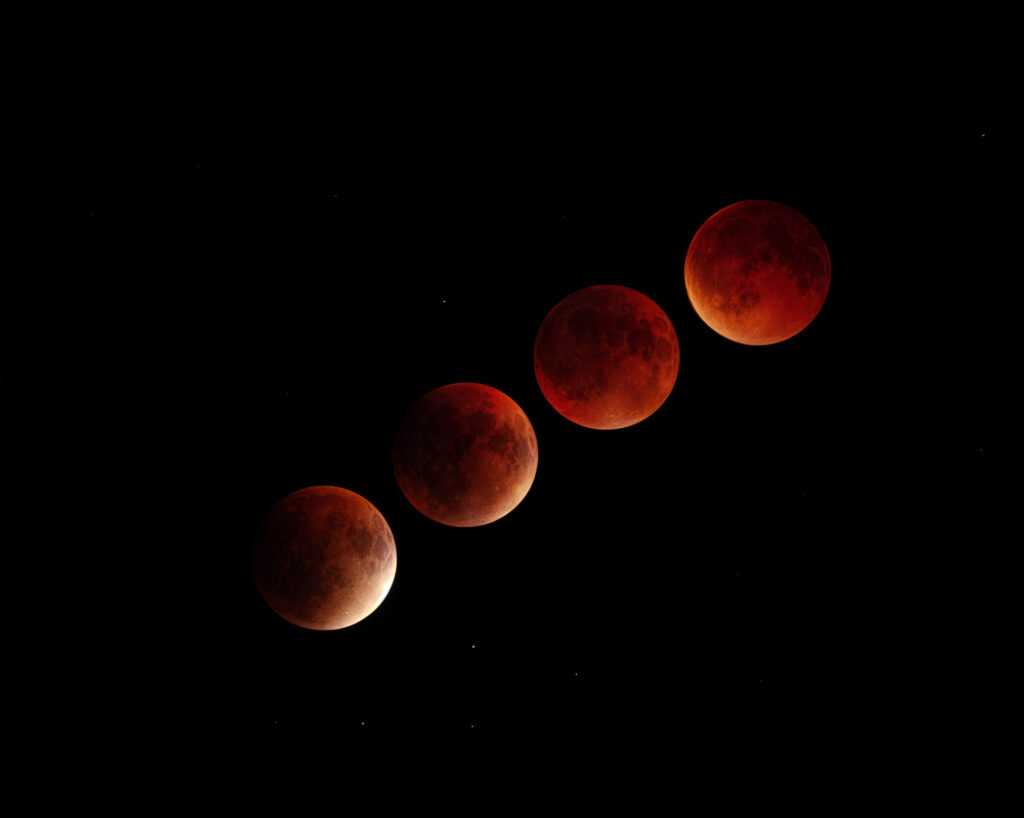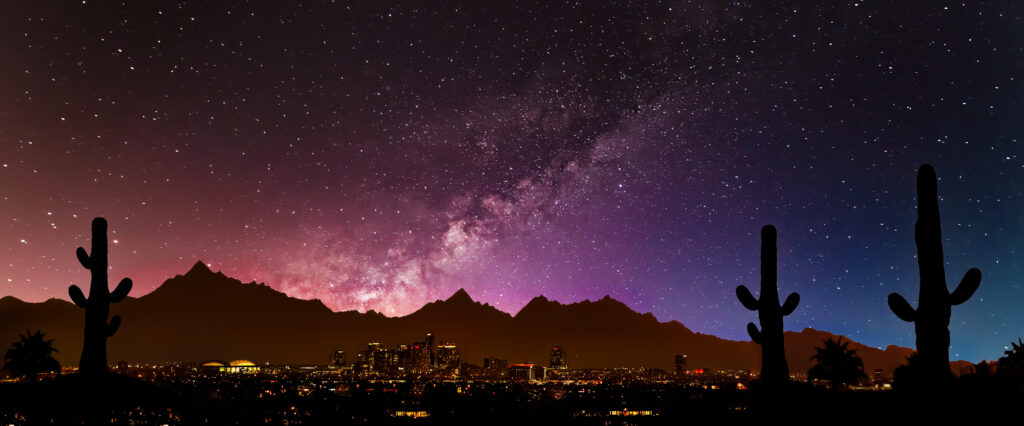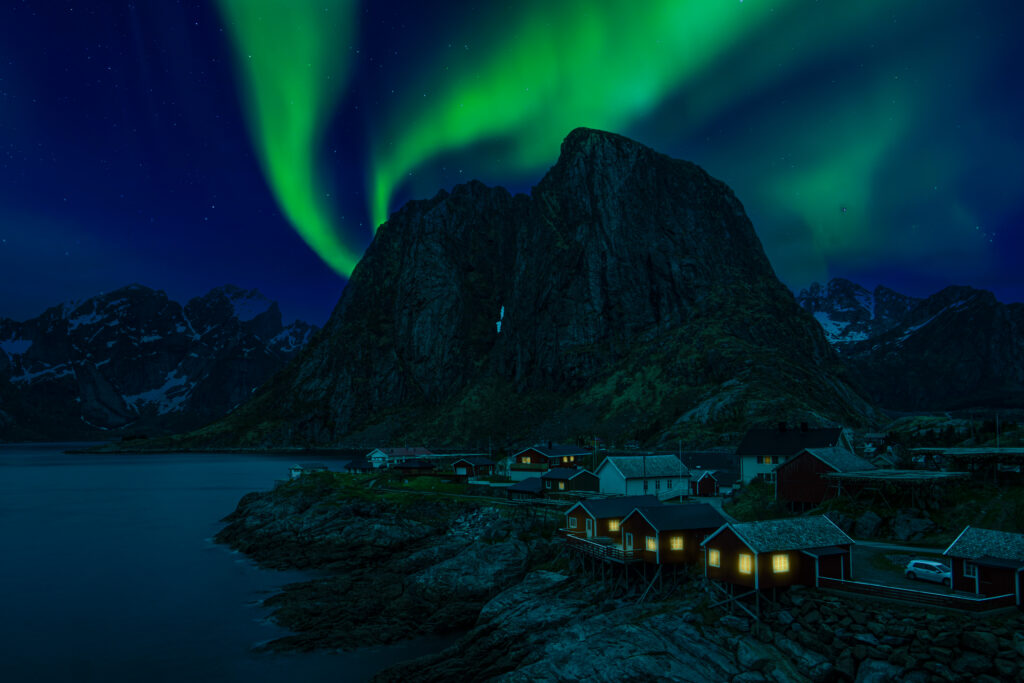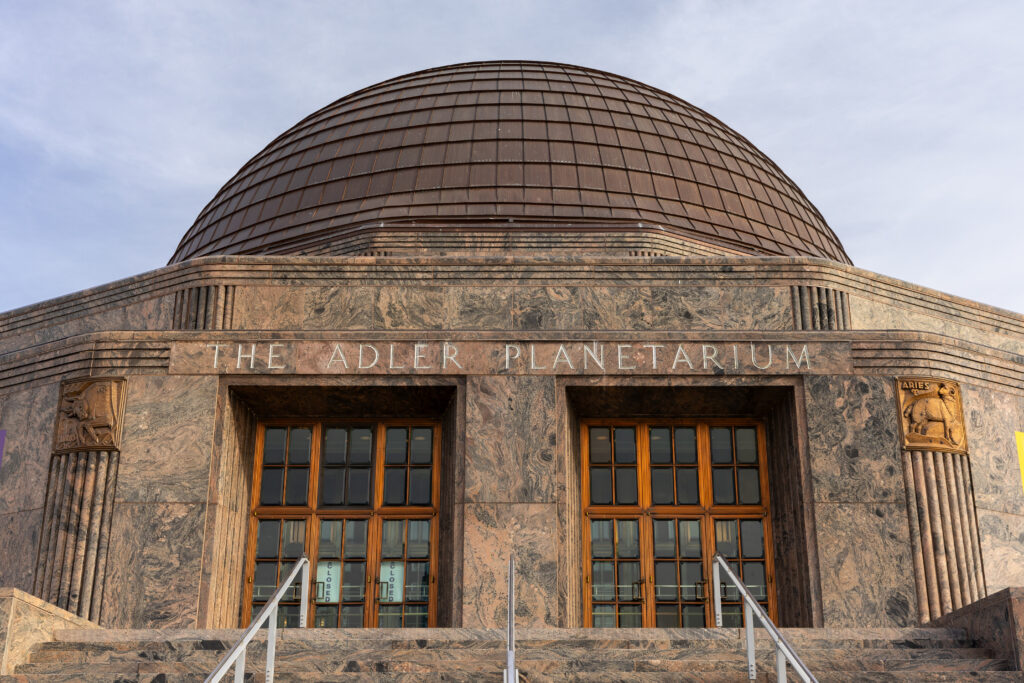How Destinations Are Looking to the Stars in the Age of Astrotourism
For many destinations across the globe, the stars just align, literally. With eclipse chasing, celestial excursions and lunar events lighting up the travel calendar, 2025 promises to leave many travelers starstruck indeed. In the age of astrotourism, the sky’s the limit for destinations blessed with dark, clear skies, but savvy spots anywhere on the map can also lean into the trend and shine bright — no matter where they are.
What is Astrotourism?

Think of astrotourism as part astronomy, part tourism. A unique form of travel centered on chasing cosmic phenomena visible in clear, dark night skies. It might mean taking a trip to see a meteor shower, catching a glimpse of a lunar eclipse or finding an area in the world to view the Milky Way, far from the glow of streetlights, neon signs and other forms of light pollution. Just recently, skywatchers were treated to a total lunar eclipse, known as a blood moon, on Sept 7-8, 2025, which was visible from start to finish in places like Africa, Asia and Australia.
The trend is seeing a big boom in 2025, with Booking.com reporting that a whopping 60% of travelers are considering visiting a low-light pollution destination to get a clearer view of the cosmos. However, not only does astrotourism invite visitors to look up and value the beauty of our unspoiled skies, it also asks them to look around and consider the impact made on the ground. Astrotourism is based on sustainability and eco-conscious choices that protect our natural landscapes, which play a starring role.
Chasing Celestial Destinations Across the Globe

In their starry quest, astrotravelers are seeking out organizations like DarkSky International for designated parks, lodging and protected areas that offer some of the world’s clearest night skies and also preserve and protect dark sites through responsible lighting policies and education. Flagstaff, Arizona, was named the first International Dark Sky City in 2001. Since then, more than 200 places have joined the dark side, spanning 22 countries on six continents.
In the United States, there are 163 Dark Sky Places. Skies that rank high including Death Valley National Park in California, noted for its gold-tier darkness and annual Dark Sky Festival; Big Bend National Park in Texas, part of the largest Dark Sky Reserve in the world; Grand Canyon National Park in Arizona situated on some of the most remote and rugged territory in the lower 48 states and Cherry Springs State Park, situated 700 meters above sea level in Pennsylvania.

Internationally, spots like Øvre Pasvik National Park in Norway for Northern Lights, Sark, a Channel Island protectorate of the UK near the coast of Normandy and the Aoraki/Mt Cook Mackenzie Region in New Zealand are designated as Dark Sky Places. Denmark, France, Ireland, Greece and many other global locales are also home to areas with certified skies.
Where there are dark skies, there’s generally DarkSky-approved lodging such as Under Canvas Grand Canyon. This unique glamping destination encompasses 90 upscale tents situated on 160 acres, 25 minutes from the South Rim Entrance to Grand Canyon National Park. In Australia, Kestrel Nest EcoHut is an off-grid private locale situated in the Eastern Riverina of New South Wales, that offers hammocks and even an outdoor bath to add to the stargazing possibilities.
Reaching the Lunar Eclipse Traveler Responsibly
For designated Dark Sky Places, leaning into the astrotourism travel trend comes naturally. Of course, tapping into it more by offering guided stargazing tours, astrophotography workshops and viewing events for lunar eclipses and other cosmic events creates additional stellar experiences sure to be enjoyed by the celestial-minded tourist. Packages that combine dark skies with local culture, hiking or wellness experiences can be another smart move. Marketing efforts for astrotourism locations are a balance of preservation and tourism — giving astrotravelers unspoiled, clear night-sky experiences to remember in an environment that is working to keep it that way.
How Other Destinations Are Drawing Celestial Tourism into Their Orbit
Destinations that don’t have an official dark sky status can participate in the astrotourism trend by bringing to light brilliant experiences that celebrate the night sky and space in creative, accessible ways.

Marketing plans can be pumped up to spotlight shows and star talks at local planetariums, museum exhibitions focusing on the solar system, space-themed attractions and intergalactic virtual reality experiences. Drawing upon nighttime wellness activities like moonlit yoga, nighttime nature tours, dining under the stars and glamping can also appeal to followers of this trend. On social media, share night-sky photography, cosmic highlights happening in the world or even intriguing astronomical facts. Engage your audience with a mix of science, spectacular photography and storytelling. By pivoting your focus skyward, you can show what a bright star your destination really is.
Illuminate your destination’s marketing potential guided by the luminaries at Dana Communications — named Travel Marketing Agency of the Year for 2025 by Hospitality Business Review. Contact Lynn Kaniper at 609.466.9187 ext. 117 or lkaniper@danacommunications.com today.